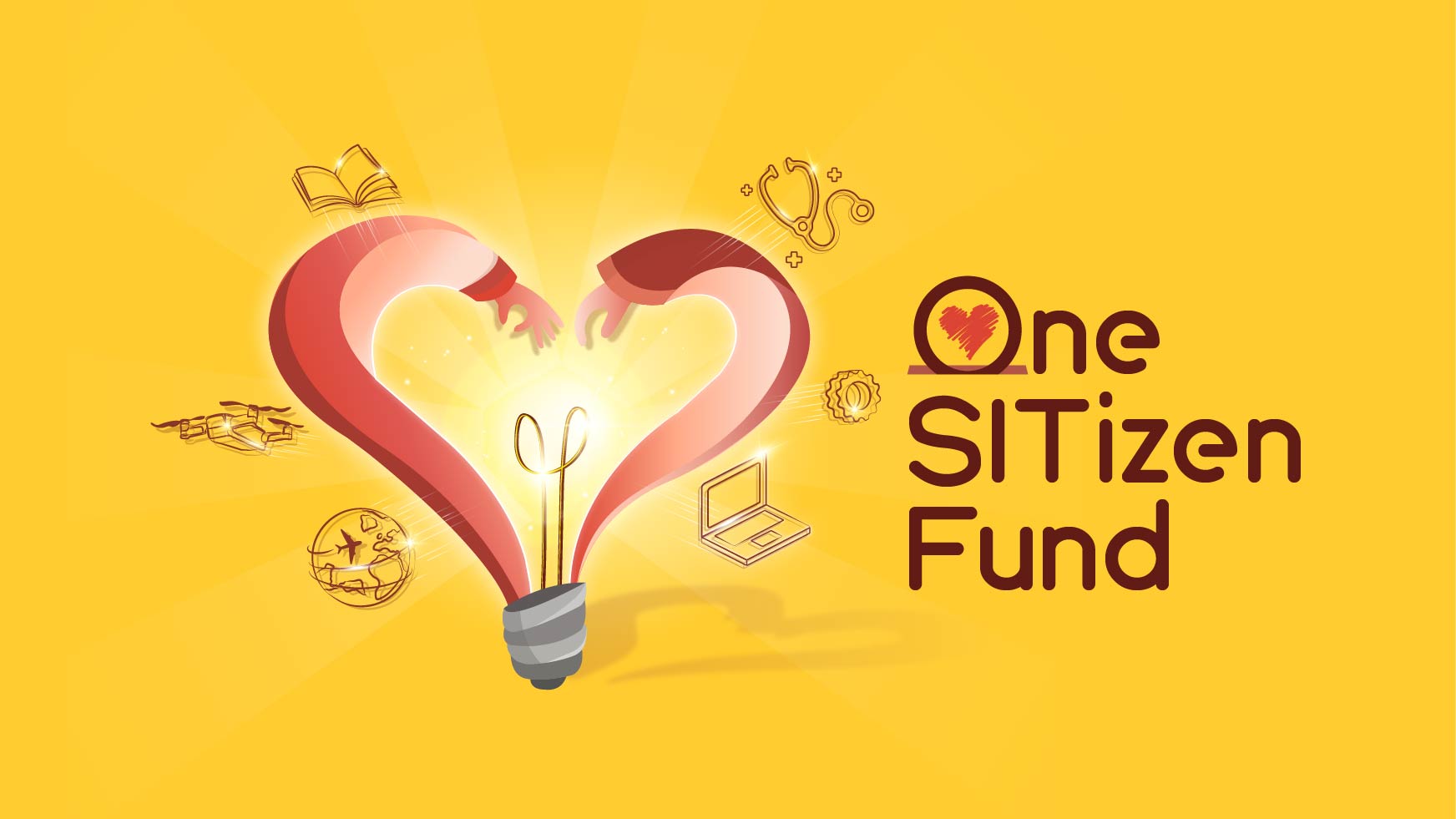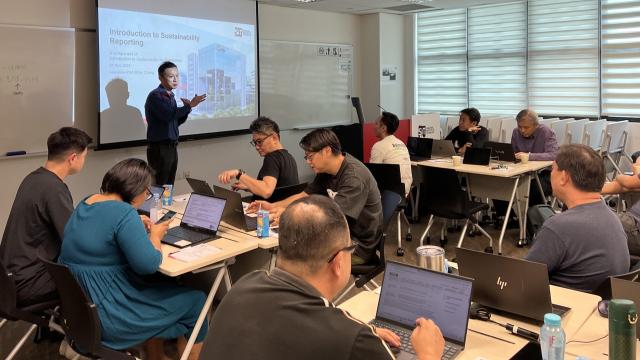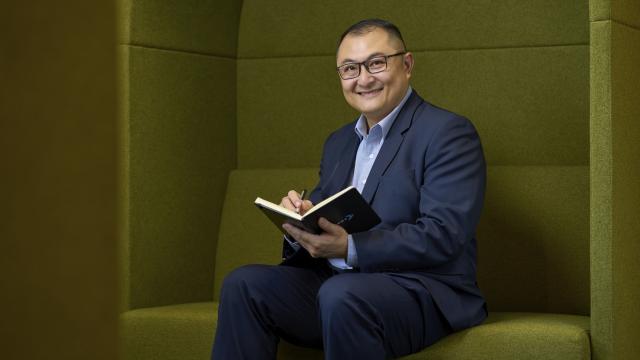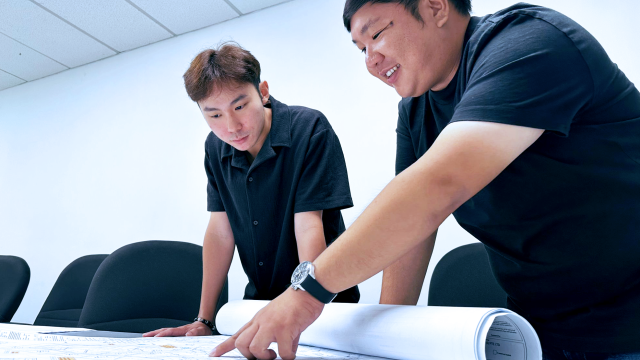Q: It is projected that over 8,000 jobs will be created in the public transport sector by 2030 in parallel with Singapore’s development. How does SIT contribute towards educating and training the workforce in this sector?
A: As Singapore’s University of Applied Learning, SIT is unique in Singapore’s higher education landscape. Our pedagogy focuses on integrating work and study, while building deep links to industry, so that our students are industry-ready even before they graduate.
In the area of public transport, we have recently signed an MOU with LTA and INCOSE (International Council on Systems Engineering) to promote collaboration in systems engineering education and research. LTA will work with SIT on rail systems R&D, and share domain knowledge on rail systems engineering. On the other hand, SIT will plan and deliver systems engineering training for working professionals from LTA and other transport organisations.
To support the national SkillsFuture initiative, SIT has also established its lifelong learning unit, known as SITLEARN Professional Development, to develop industry-relevant learning experiences that help working professionals connect the dots between theory and application.
Q: Can you elaborate on the training pathways available through SIT?
A: To develop skilled workforce for the public transport sector, we have rolled out degree programmes in Sustainable Infrastructure Engineering (Land), Systems Engineering (ElectroMechanical Systems) as well as Telematics (Intelligent Transportation Systems Engineering) over the last few years. These degree programmes will groom students to be both practice-oriented and industry-ready.
Q: How is SIT value-adding to the teaching and learning process to equip students/trainees with the necessary skillsets?
A: A key feature of our Applied Learning pedagogy is the Integrated Work Study Programme (IWSP), where students work in companies typically between eight to 12 months. With this extended work attachment, IWSP students can be assigned meaningful projects and make more significant contributions to the company. They also get to experience the challenges faced in the fast-changing economy, and develop soft skills such as innovation and the ability to think on their feet.
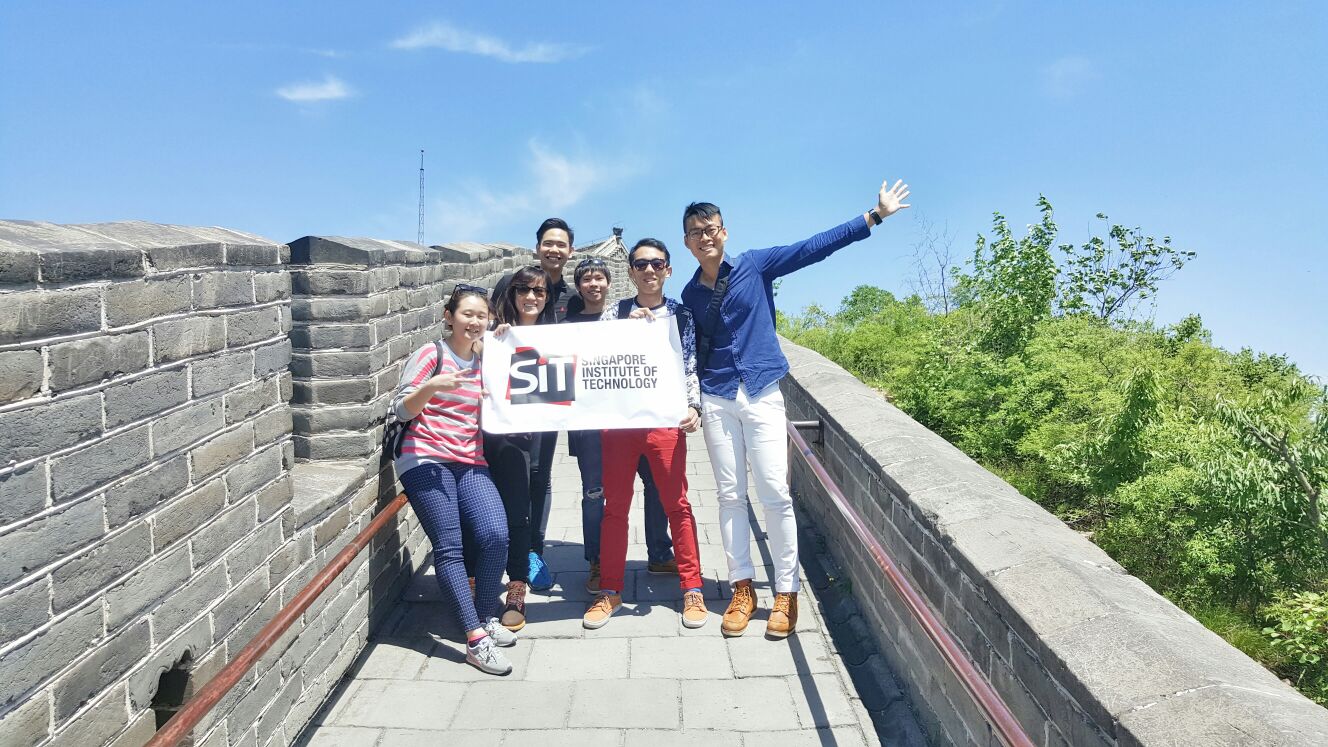
Q: What about helping students and faculty develop a global outlook?
A: A programme unique to SIT Sustainable Infrastructure Engineering is Regional Immersion in Sustainable Engineering (RISE). Participants get to visit key infrastructure facilities in the region, as well as interact with engineers, designers and operators. So far, we have organised trips to China Northern Rail, China Southern Rail, Capital Steel and Hong Kong Mass Transit Railway. In addition, our faculty members also actively engage in local and global visits to depots, conferences and workshops to share their knowledge and experiences.
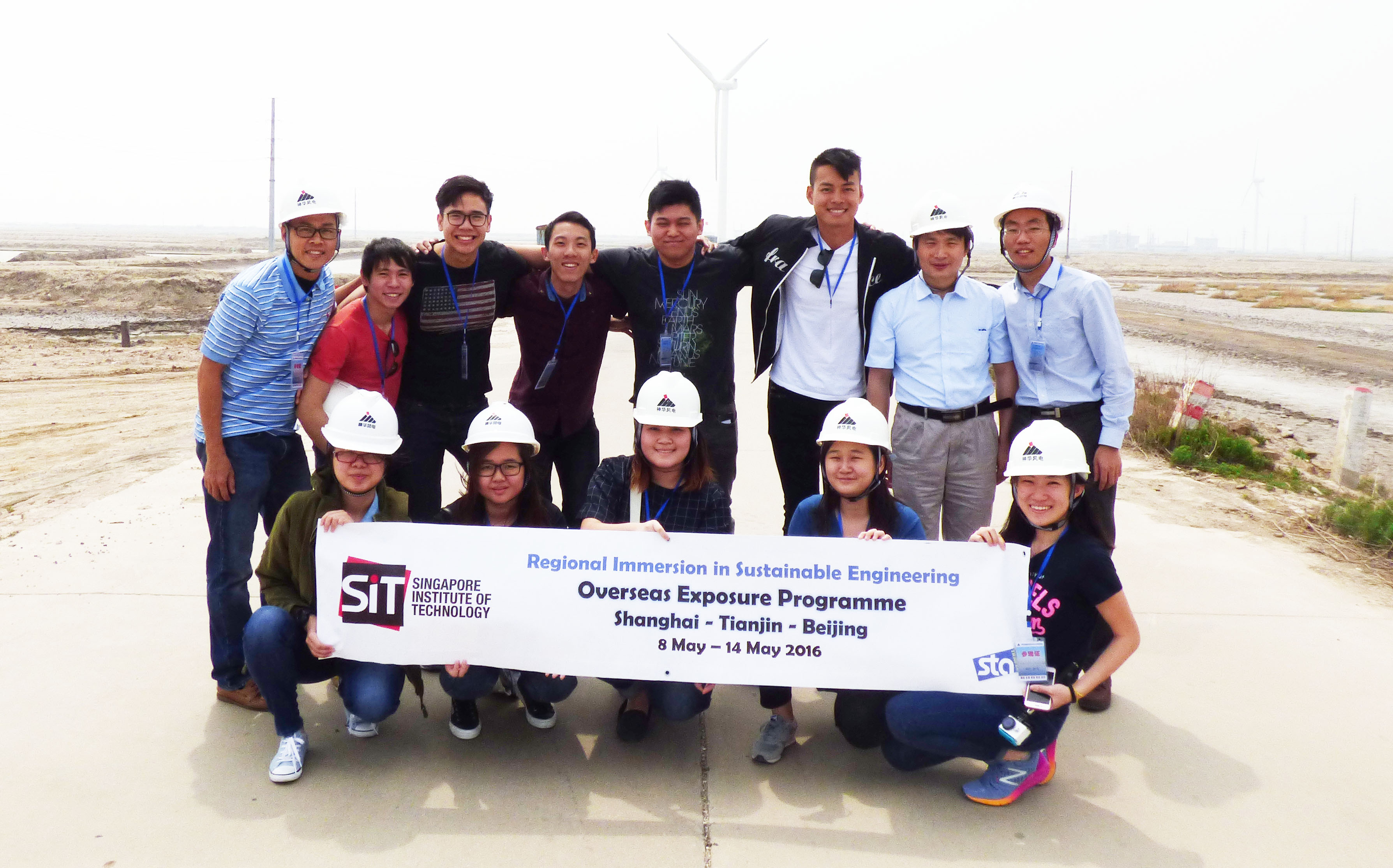
Q: Are there any SIT-driven R&D activities to help spur improvements to our public transport systems?
A: As part of our collaboration with LTA, we have embarked on two LTA-funded projects on corrosion and corrugation. Many of our students are also working on projects with public transport operators. In addition, we have set up two teaching labs on systems engineering and transportation systems within SIT. These facilitate practical teaching and learning, as well as R&D related to systems engineering, project management and transport modelling and simulation.
This article was adapted from The Singapore Engineers April 2017 publication with the permission of The Institution of Engineers, Singapore.
